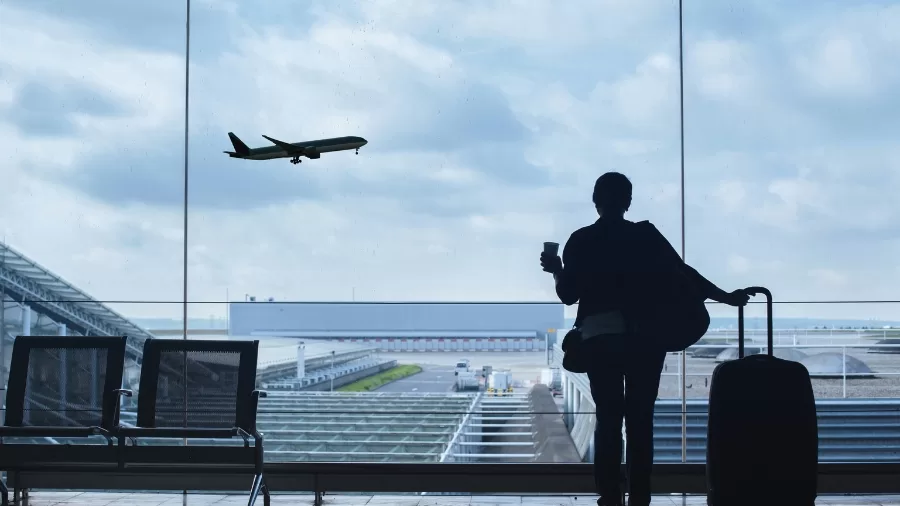Travel
The Growing Trend of Longer and More Meaningful Travel in 2025

- Travellers now seem to be opting for longer yet more extensive immersive travel in 2025 with requirements for longer stays at a single destination which can be continuous according to one’s time availability.
- Blended travel, commonly called “bleisure,” is gaining in popularity, and people are now mixing work with fun during a long stay period.
- PTO hacking forms part of strategic holiday planning embraced today with the help of which travel would become all much more easier to utilise by taking longer vacations while accompanying it with public holidays.
In 2025, the trend of travel would shift to long-haul, time-stretched travel. More and more travellers stretch their time for vacations out from work and home, with shorter trips actually becoming long vacations. Instead of rushing through the most prominent tourist destinations into a bucket list; people now take things slowly to explore a single place, usually for quite a long period.
As stated in Skift Research’s report for the 2025 Travel Outlook, travel planned this year would also increase by 24 percent over that of 2024. The major emergent form of travel is long leisure trips in countries like China, India, and Germany; even in the US, one-fourth of travelers undertake long international or cross-continental vacations. Yet, many still favor short vacation trips. This trend toward the extended period of stay has made 2025 “the year of long getaways”.
Luxury travel trends demonstrate an increasing predilection for longer vacations. According to Zicasso’s Luxury Travel Report, the average length of a journey for luxury travellers is approaching two weeks, with some opting for stays of up to 13.5 days. This represents a progressive increase from 2024, with 76.2% of luxury visitors in 2025 preferring to focus on one country, allowing them to thoroughly immerse themselves in the local culture.
The recent tourism change meant that now almost everyone wants to travel and explore rather than get stuck in the rush of people visiting a specific place. The year 2024 very well marked a dramatic revival of tourism, with the negative traveller behaviour and the ever-growing problem of overtourism. Increasingly, people are interested in travel that can be described as a kind of slowing down, such that they deliberately choose to ignore popular tourist destinations. Instead of just rushing through those destinations, many now understand that a little time spent slowly and deeply studying a location can help them get more intimately involved with the people there.
Among the emerging trends is that of blended travel, which mixes the idea of business and leisure in one trip. This is otherwise called bleisure travel. Travel of this nature allows the traveller to remain longer by adding vacation days to the business journey. Countries leading in this are India, China, and Germany, while the United States and the United Kingdom are also taking advantage of blended travel in significant numbers. Blended travel is flexible enough to allow individuals to balance between roaming discovers and professional responsibilities.
Social media, notably TikTok, has also helped people make the most of their free time. The widespread fad of “PTO hacking” entails intentionally scheduling holidays around public holidays in order to increase the duration of time off. This approach has gained hold, particularly in nations such as the United States, where full-time employees typically receive only 11 days of paid vacation each year. Travellers can enhance their vacation time dramatically by synchronising paid leave with federal holidays.
Paul Charles, CEO of The PC Agency, remarked: “Airlines are also joining the trend, offering better rates for international travel on public holidays, so that people take to the skies rather than staying at home during the holidays. Another important change is that spring and autumn-delayed times as opposed to peak times, which are more preferred nowadays. These are the shoulder seasons in which to travel: crowds are fewer, prices are cheaper, and the weather is less extreme, making them ideal for long-stay travel.
Travelers are paying little attention to the idea that knowing a destination requires slowing down and experiencing the culture. This trend has even caught people like Carolina Santos, the Colombian wellness business owner, who enjoys being away for weeks on end in Nepal and India. According to Santos, long stays mean that there is space for exchange and exploring less hurriedly the locals without having to observe a rigid itinerary.
To summarise, 2025 is shaping up to be a year of deeper, slower travel experiences. Whether it’s combining work and play, strategically planning time off, or simply taking longer holidays to really absorb a country, travellers are shifting away from the rush of traditional tourism and towards more meaningful and immersive experiences. As the world continues to recover and evolve, travel in 2025 will be about prioritising quality over quantity and finding methods to make every trip worthwhile.


















































